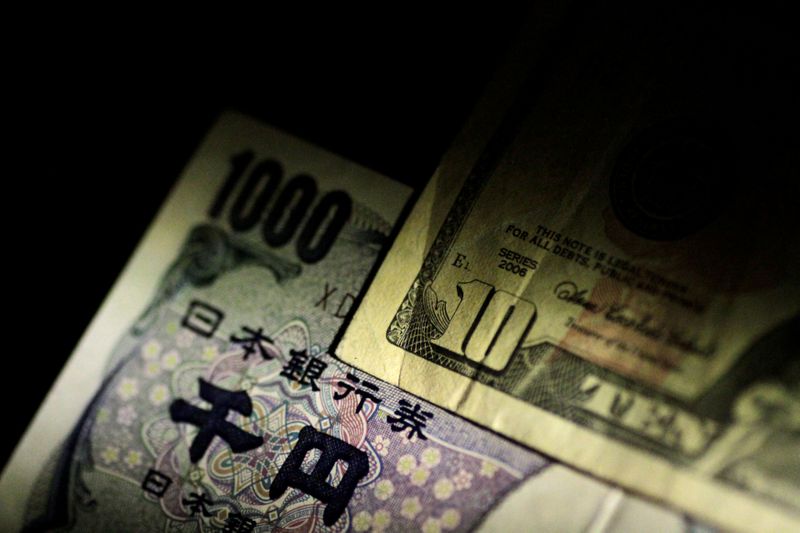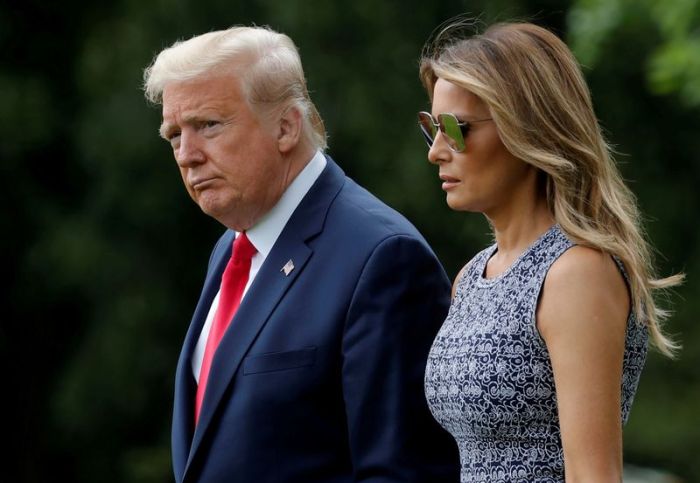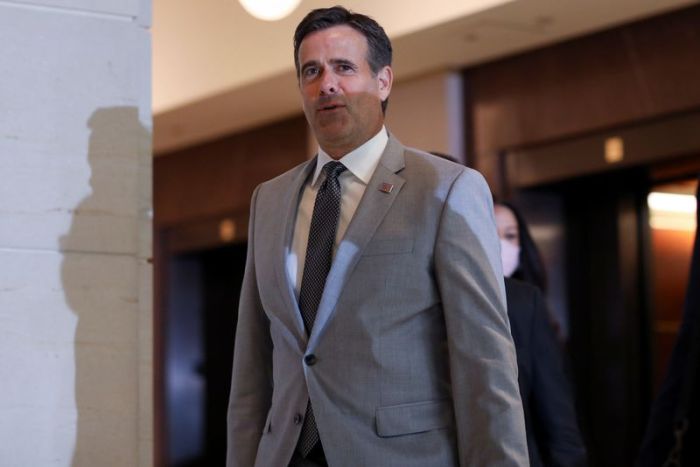NEW YORK (Reuters) – The safe-haven yen and dollar rose on Friday after President Donald Trump tested positive for COVID-19, rattling investors just a month before November’s U.S. presidential election.
By afternoon trading, markets had calmed down, with the dollar and yen still up but moved in narrow ranges.
Data showing U.S. nonfarm payrolls rising less than expected in September, but with a drop in the unemployment rate, had little impact on currencies, as markets focused on Trump’s health.
Trump, who had played down the threat of the coronavirus pandemic for months, said he and his wife Melania had tested positive for COVID-19 and were going into quarantine, upending the race for the White House.
The news sparked some selling on Wall Street, while U.S. Treasury prices were lower after an initial rally.
The yen made its sharpest gain in more than a month to reach a one-week high of 104.95 against the dollar, then steadied. The greenback was last down 0.2% at 105.365 yen <JPY=EBS>.
Implied volatility gauges for the yen rose to a four-week high of 7.62 vols <JPY1MO=> over the next month, signaling more choppy trading ahead.
Mike Schumacher, senior macro strategist at Wells Fargo Securities in New York, said Trump’s COVID diagnosis added a layer of uncertainty to an already volatile election season, but the sharp market reaction from earlier in the global session has faded a bit.
“You can take one view and say that…this could limit the amount of political news over the next month,” said Schumacher. “Trump can’t really campaign and if Biden chooses to do a bit less also, you might get pretty limited news. That could reduce volatility.”
News that a $25 billion U.S. airlines deal was “imminent”, according to House Speaker Nancy Pelosi, also somewhat eased some pressure on risk assets, some analysts said. Pelosi on Friday asked airlines to put a hold on furloughs and firings.
Currencies seen as riskier bets fell across the board, with a fall in oil prices also pressuring the commodities-exposed Russian rouble <RUB=>, South African rand <ZAR=> and Australian dollar <AUD=D3>.
Data showing slowing U.S. employment had marginal FX impact, but it underscored the challenges the economy faced as it tries to emerge out of recession.
In the last monthly employment report before the Nov. 3 presidential election, the Labor Department said nonfarm payrolls increased by 661,000 jobs last month after advancing 1.489 million in August. Economists polled by Reuters had forecast 850,000 jobs for September.
“It also looks like the best of the jobs rebound is behind us, leaving a gaping hole in the labor market — where barely more than half of the 22 million employment carnage has now been recouped and the easy part is in the rear-view mirror,” said Dave Rosenberg, chief economist and strategist, at Rosenberg Research
In afternoon trading, the dollar rose 0.1% against a basket of six major currencies <=USD> to 93.823, but remains down 0.8% for the week, its biggest weekly drop since late August.
The euro <EUR=EBS> fell 0.3% against the dollar to $1.1718.
(Reporting by Gertrude Chavez-Dreyfuss; Editing by Jonathan Oatis and David Gregorio)























